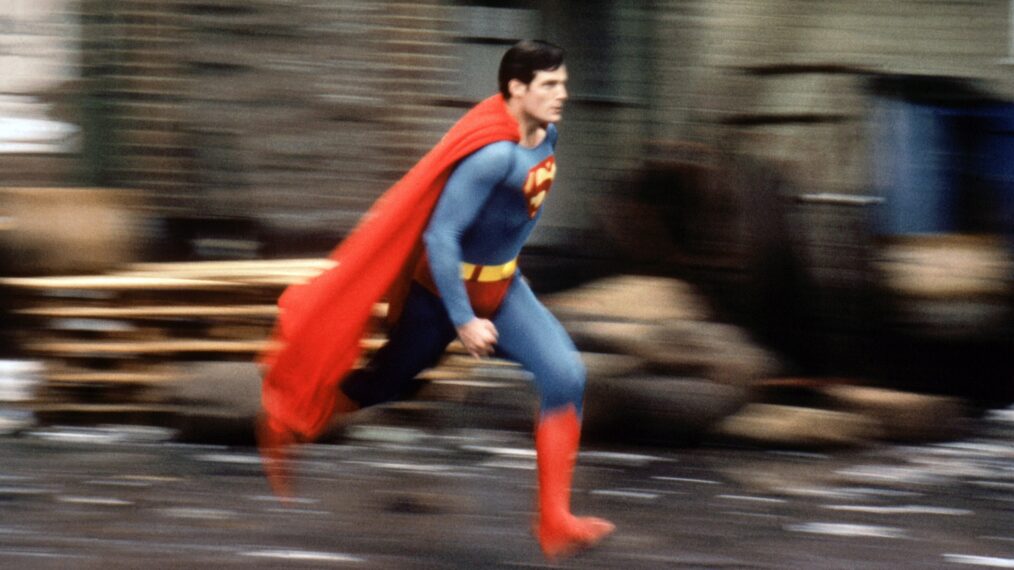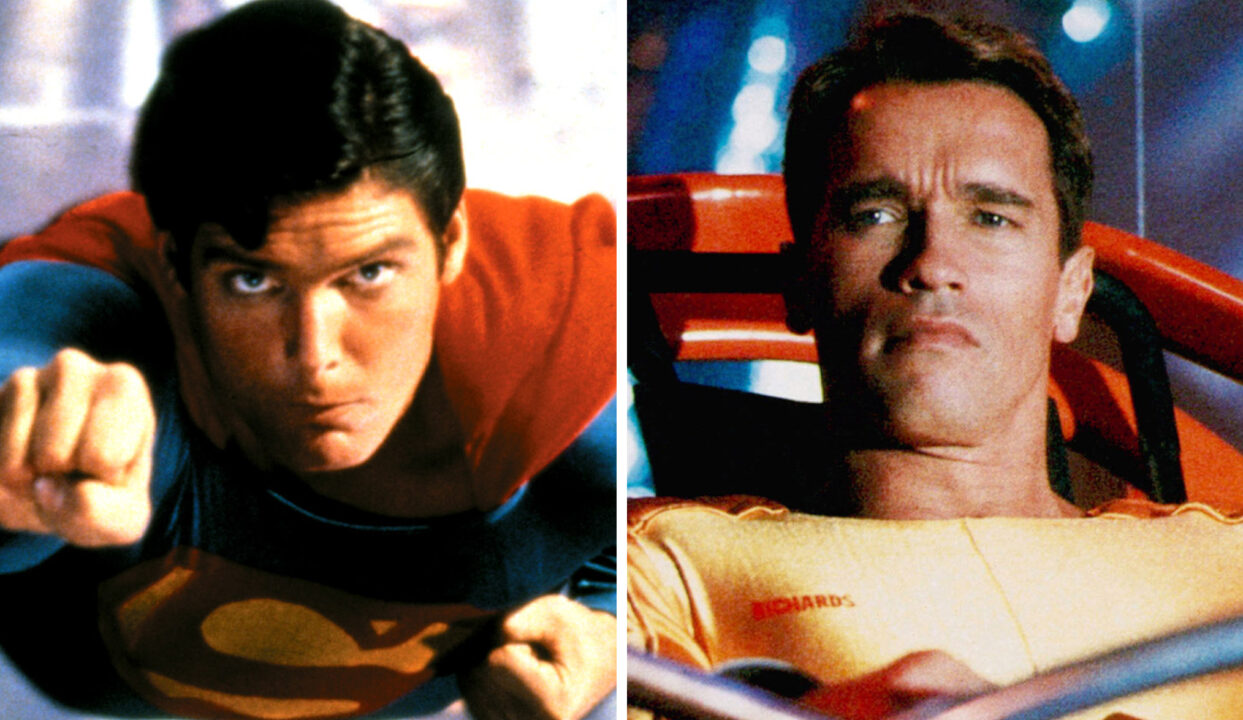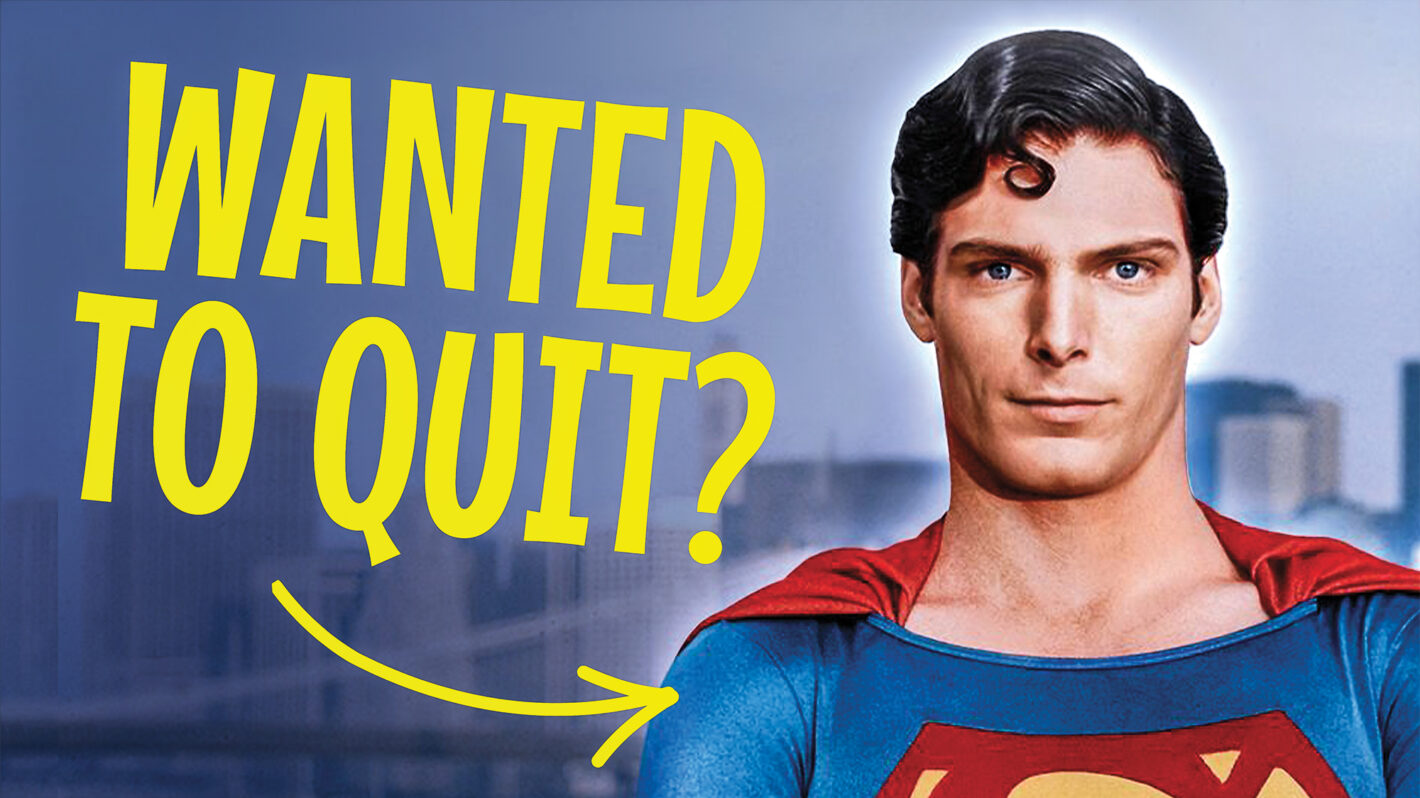Christopher Reeve Was Set for ‘The Running Man’ Until a Sudden Change Forced Him Out

What To Know
- Christopher Reeve was originally cast as Ben Richards in The Running Man.
- The film was initially planned as a bleak, faithful adaptation of Stephen King’s dystopian novel..
- The final 1987 film, shaped by multiple script rewrites and a new director, became a campy ’80s action movie that diverged significantly from both the original vision and the source material.
As Edgar Wright‘s The Running Man, starring Glen Powell, sprints into theaters, fans of the original 1987 action-adventure with Arnold Schwarzenegger are sure to revisit the dystopian classic and compare how the new adaptation reshapes Stephen King‘s brutal vision for a modern audience.
But few fans know that the original pick for Ben Richards wasn’t the former Governator, but Superman.
According to various sources, producer George Linder picked up King’s book while at the airport — which at this time was published under his pseudonym of Richard Bachman — and immediately recognized the potential for a film. However, in his vision, he saw Superman’s Christopher Reeve in the lead role of Ben Richards.

When Reeve was still the name in mind, the movie’s tone and trajectory were drastically different from the cut audiences eventually saw. The earliest drafts hewed much closer to Stephen King’s novel: a bleak, dystopian story about a desperate man trying to care for his family — especially his gravely ill daughter — who volunteers for a brutal reality show called The Running Man. The rules are simple: survive 30 days while professional “Hunters” track him across the country, and he wins a $1 billion prize. As the game unfolds, Ben transforms from an anonymous everyman to an unlikely hero, a celebrity so powerful the corrupt network can no longer contain or control him.
Needless to say, the original story was far bleaker and more critical of class and society than the final product.
Reeve was originally signed to play the lead, with shooting set to start in September 1985, but the production was postponed until January 1986. Location shooting was scheduled to take place primarily at the West Edmonton Mall, a giant shopping mall in Edmonton, Alberta, Canada.

However, by January 1986, Reeve was out and Arnold Schwarzenegger was in.
According to reports, Reeve exited The Running Man primarily because a major scheduling delay pushed back production by nearly five months. That delay conflicted with his other commitments, so he dropped out.
An October 1986 L.A. Weekly article noted that once Reeve exited and director Andrew Davis was replaced by Paul Michael Glaser, The Running Man shifted dramatically from a bleak allegory to a more energetic action thriller with a wink. In the Reeve-led incarnation, the story centered on a desperate man entering a survival game show; by the time Schwarzenegger stepped in, the plot had morphed into a tale about a condemned yet innocent man forced into a three-hour gladiator-style broadcast. In the transition between Reeve and Schwarzenegger, screenwriter Steven E. de Souza churned through 15 drafts of the script.
The end result is a fun film that fits snugly in Schwarzenegger’s repertoire of campy and entertaining ’80s movies, though vastly different from both the original project and the book. No dark themes, no commentary on society, and no everyman Reeves in the Ben Richards part, but we do get Buzzsaw. So there’s that.
The Running Man, now in theaters

